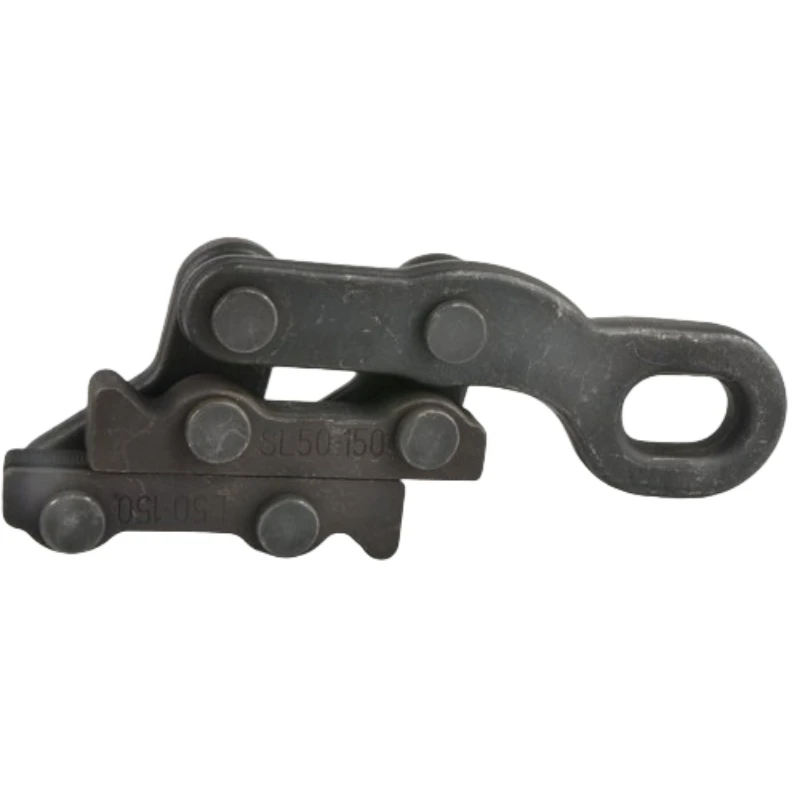
-
 Afrikaans
Afrikaans -
 Albanian
Albanian -
 Amharic
Amharic -
 Arabic
Arabic -
 Armenian
Armenian -
 Azerbaijani
Azerbaijani -
 Basque
Basque -
 Belarusian
Belarusian -
 Bengali
Bengali -
 Bosnian
Bosnian -
 Bulgarian
Bulgarian -
 Catalan
Catalan -
 Cebuano
Cebuano -
 Corsican
Corsican -
 Croatian
Croatian -
 Czech
Czech -
 Danish
Danish -
 Dutch
Dutch -
 English
English -
 Esperanto
Esperanto -
 Estonian
Estonian -
 Finnish
Finnish -
 French
French -
 Frisian
Frisian -
 Galician
Galician -
 Georgian
Georgian -
 German
German -
 Greek
Greek -
 Gujarati
Gujarati -
 Haitian Creole
Haitian Creole -
 hausa
hausa -
 hawaiian
hawaiian -
 Hebrew
Hebrew -
 Hindi
Hindi -
 Miao
Miao -
 Hungarian
Hungarian -
 Icelandic
Icelandic -
 igbo
igbo -
 Indonesian
Indonesian -
 irish
irish -
 Italian
Italian -
 Japanese
Japanese -
 Javanese
Javanese -
 Kannada
Kannada -
 kazakh
kazakh -
 Khmer
Khmer -
 Rwandese
Rwandese -
 Korean
Korean -
 Kurdish
Kurdish -
 Kyrgyz
Kyrgyz -
 Lao
Lao -
 Latin
Latin -
 Latvian
Latvian -
 Lithuanian
Lithuanian -
 Luxembourgish
Luxembourgish -
 Macedonian
Macedonian -
 Malgashi
Malgashi -
 Malay
Malay -
 Malayalam
Malayalam -
 Maltese
Maltese -
 Maori
Maori -
 Marathi
Marathi -
 Mongolian
Mongolian -
 Myanmar
Myanmar -
 Nepali
Nepali -
 Norwegian
Norwegian -
 Norwegian
Norwegian -
 Occitan
Occitan -
 Pashto
Pashto -
 Persian
Persian -
 Polish
Polish -
 Portuguese
Portuguese -
 Punjabi
Punjabi -
 Romanian
Romanian -
 Russian
Russian -
 Samoan
Samoan -
 Scottish Gaelic
Scottish Gaelic -
 Serbian
Serbian -
 Sesotho
Sesotho -
 Shona
Shona -
 Sindhi
Sindhi -
 Sinhala
Sinhala -
 Slovak
Slovak -
 Slovenian
Slovenian -
 Somali
Somali -
 Spanish
Spanish -
 Sundanese
Sundanese -
 Swahili
Swahili -
 Swedish
Swedish -
 Tagalog
Tagalog -
 Tajik
Tajik -
 Tamil
Tamil -
 Tatar
Tatar -
 Telugu
Telugu -
 Thai
Thai -
 Turkish
Turkish -
 Turkmen
Turkmen -
 Ukrainian
Ukrainian -
 Urdu
Urdu -
 Uighur
Uighur -
 Uzbek
Uzbek -
 Vietnamese
Vietnamese -
 Welsh
Welsh -
 Bantu
Bantu -
 Yiddish
Yiddish -
 Yoruba
Yoruba -
 Zulu
Zulu


Aug . 29, 2024 07:35 Back to list
1 2 Fish Tape - Reliable Solutions for Your Wiring Needs
The Importance of Fish Tape in Electrical Wiring
When it comes to electrical wiring, efficiency and precision are paramount. One of the unsung heroes in this arena is the fish tape. This simple tool, often overlooked by novices, plays a pivotal role in ensuring that electrical conduits are set up correctly and safely. With a little knowledge, you can appreciate the importance of using fish tape effectively.
The Importance of Fish Tape in Electrical Wiring
One of the primary benefits of using fish tape is that it simplifies the process of running cables. For instance, when installing lighting fixtures in a ceiling, the path is rarely straight. Fish tape allows electricians to navigate these complex routes without the need for invasive measures like tearing down walls or ceilings. In fact, using fish tape can make a wiring project significantly faster. An experienced electrician can feed the tape through a conduit, attach the wiring, and pull it back through within minutes.
1 2 fish tape

Moreover, fish tape is not just functional; it ensures safety. Improperly run wires can lead to shorts or even fires. The risk is heightened when wires are crammed into tight spaces without proper handling. Fish tape prevents such dangerous scenarios by allowing for a smooth and exact installation. Ensuring that cables are installed properly decreases the risk of electrical accidents and promotes sustainable building practices.
While the design of fish tape is simple, its effectiveness lies in the various types available for different tasks. Fiberglass fish tapes are non-conductive, making them ideal for electrical work. On the other hand, metal fish tapes are sturdier and can handle more significant pulls, which can be especially useful in longer runs of wire. Understanding the right type of fish tape for your specific project will enhance its efficiency.
For those who are new to using fish tape, it may take some practice to master the technique. Here are a few tips to get started always ensure that you have a proper grip on the tape to avoid snags; when pulling the tape back, do so gently to prevent sudden jerks that might damage the wiring; and consider marking your pathways beforehand to plan the most efficient route.
In conclusion, fish tape may not be the flashiest tool in an electrician's arsenal, but its importance cannot be overstated. By enabling easier navigation through tight spaces, promoting safety, and improving efficiency, fish tape proves to be an essential component in the world of electrical wiring. Next time you embark on a wiring project, remember the role of fish tape and the advantages it offers in achieving a successful installation. It truly is a small investment with a significant impact on the reliability and safety of electrical systems.
Latest news
What Are Construction Tools and How Are They Used?
NewsJul.11,2025
Professional-Grade Duct Rodding Tools for Superior Cable Installation
NewsJul.11,2025
Enhancing Safety and Efficiency with Modern Hot Stick Solutions
NewsJul.11,2025
Empowering Cable Installation with Advanced Rodder Solutions
NewsJul.11,2025
Elevate Your Cable Installation Projects with Cable Pulling Tools
NewsJul.11,2025
Efficient Cable Handling Solutions: Cable Rollers for Sale
NewsJul.11,2025











